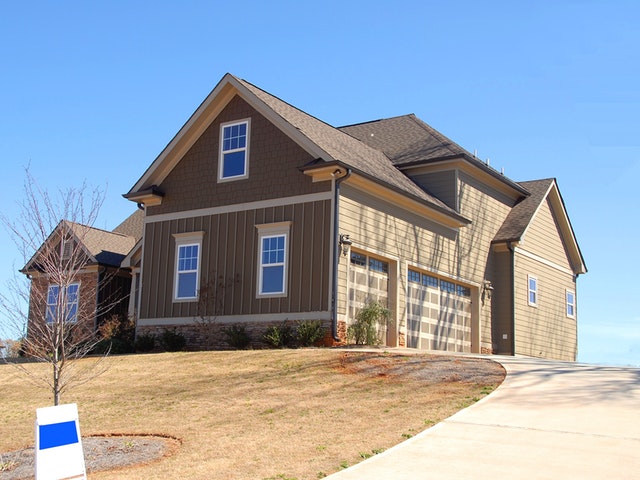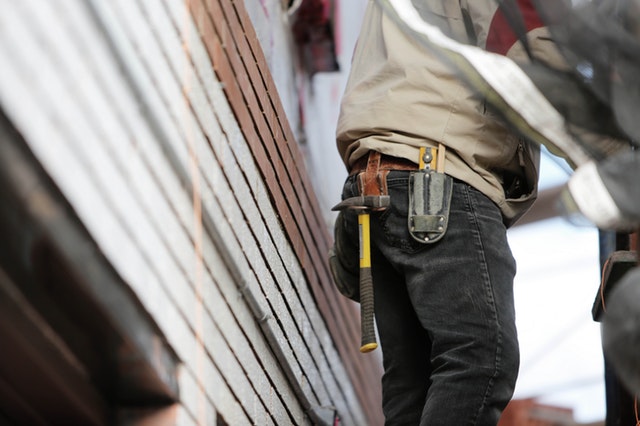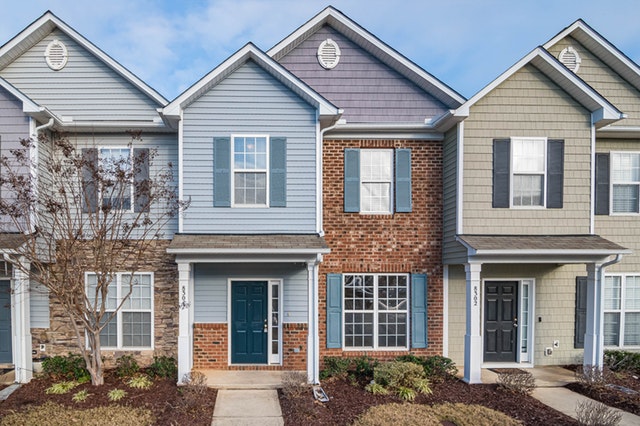Find The Best Mortgage Deal With A Few Simple Steps
 Currently, this is a great time to be in the market for a new home. The interest rates on mortgages have fallen countless times over the past few years. Even though interest rates have been in the double-digits in the past, there are homeowners today who are able to agree to a mortgage for less than three percent.
Currently, this is a great time to be in the market for a new home. The interest rates on mortgages have fallen countless times over the past few years. Even though interest rates have been in the double-digits in the past, there are homeowners today who are able to agree to a mortgage for less than three percent.
Despite the low interest rates, it is still important to get the best possible deal. There are a few simple steps that everyone should follow to get the best mortgage deal possible.
Know How Much You Need
The first step is to figure out what type of mortgage is required. Some potential homeowners might be looking for a mortgage they can get with a small down payment. Other potential homeowners might be looking for a mortgage they can pay off quickly.
Remember, the goal is to eventually own the home outright. The goal is not to pay as much interest as possible. Therefore, try to figure out what type of loans are available. Then, decide which loan best matches the needs.
Know The Market
Next, it is important to know what the market is doing. First, consider what the market looks like on a national level. Where do the average interest rates currently sit? Are these interest rates for 15-year loans or 30-year loans? Are the interest rates for fixed-rate loans or adjustable-rate loans?
Then, know what the market looks like in the local area. What are some of the current mortgage rates for loans in the given area? This will give potential homeowners a decent idea of what the current market looks like.
Get The Credit Score In Order
In addition, it is critical to take steps to ensure the credit score is as solid as possible. Some people only check the credit score when it is time to take out a loan. Try to do this as early as possible. There might be errors on the credit report that can influence someone’s score.
The credit score is important because it gives the lender an idea of what someone’s financial history looks like. A higher credit score means the lender is taking on less risk. In this situation, the lender might be willing to lower the potential interest rate.
If you are in the market for a new home or interested in refinancing your current property, be sure to consult with your trusted home mortgage professional.

 There are many homeowners who hire contractors to make repairs or upgrades on their homes. It is critical for home improvement contractors to follow all rules and regulations set forth by the law. These regulations have been set forth under the Home Improvement Consumer Protection Act, or HICPA.
There are many homeowners who hire contractors to make repairs or upgrades on their homes. It is critical for home improvement contractors to follow all rules and regulations set forth by the law. These regulations have been set forth under the Home Improvement Consumer Protection Act, or HICPA.  The vast majority of people are going to move at least once in their life. Moves can vary in distance. Sometimes, these moves are across town. Other times, they might be across the country. Regardless of the distance, is important to find a neighborhood that fits both the budget and lifestyle. There are a few tips to keep in mind.
The vast majority of people are going to move at least once in their life. Moves can vary in distance. Sometimes, these moves are across town. Other times, they might be across the country. Regardless of the distance, is important to find a neighborhood that fits both the budget and lifestyle. There are a few tips to keep in mind.